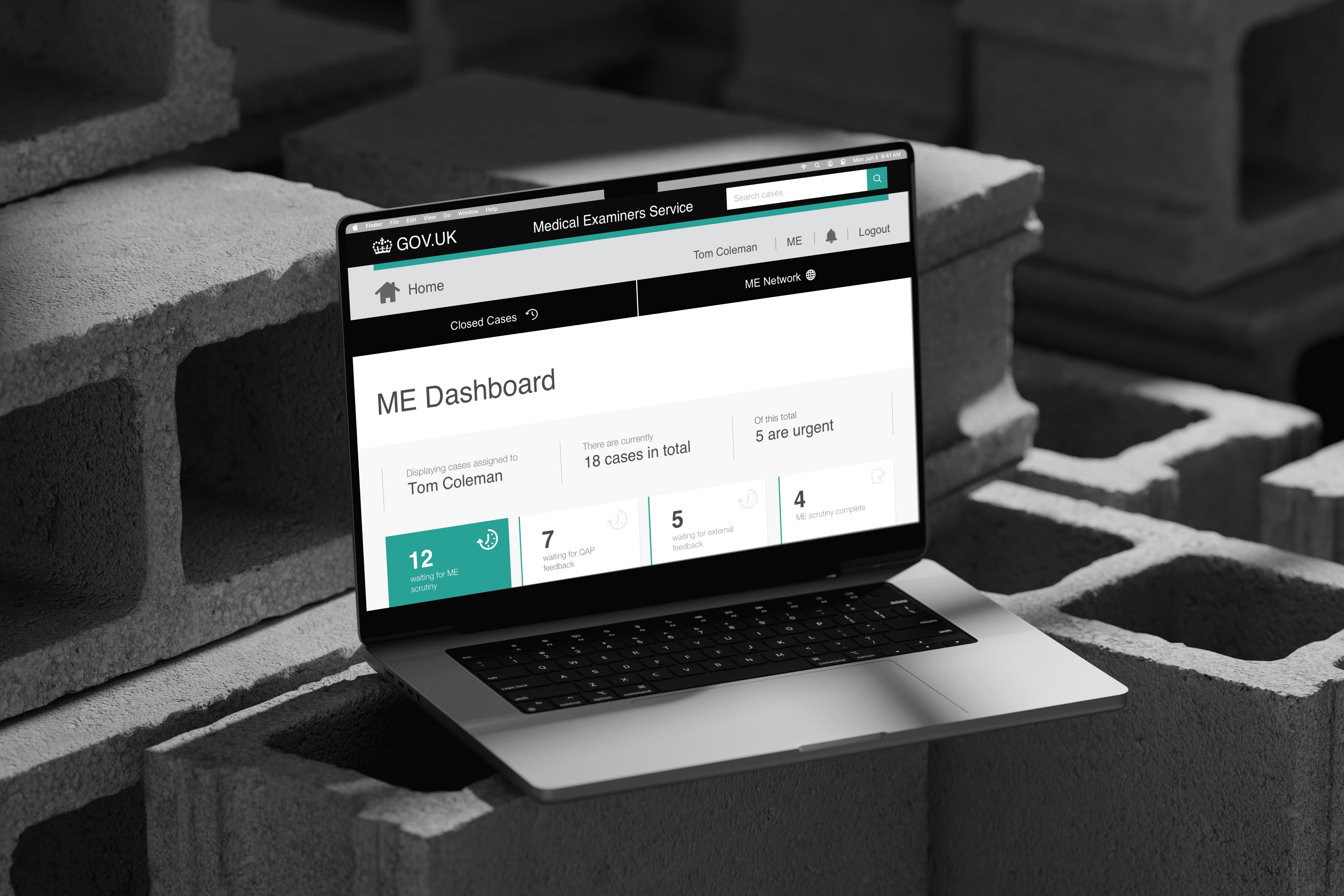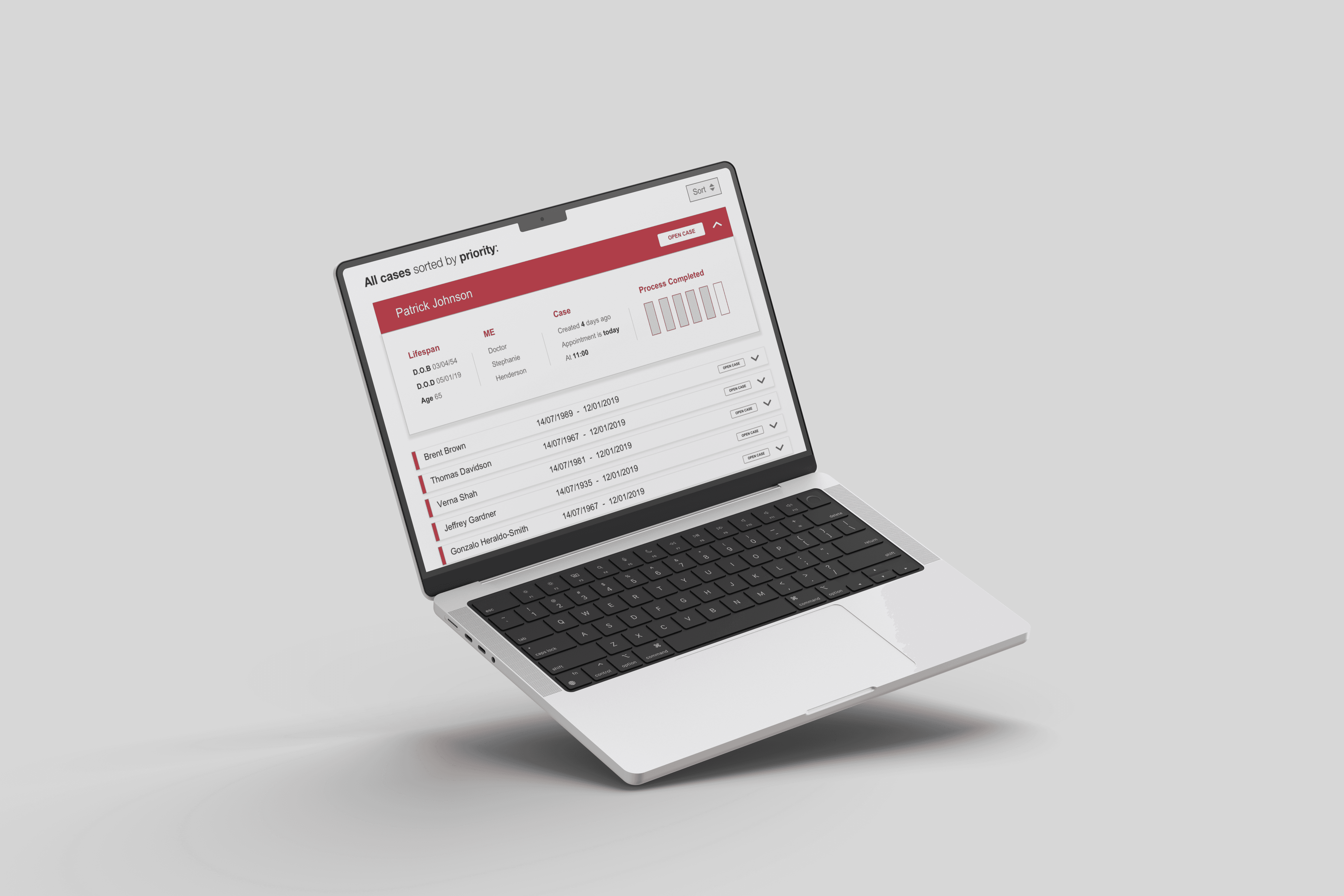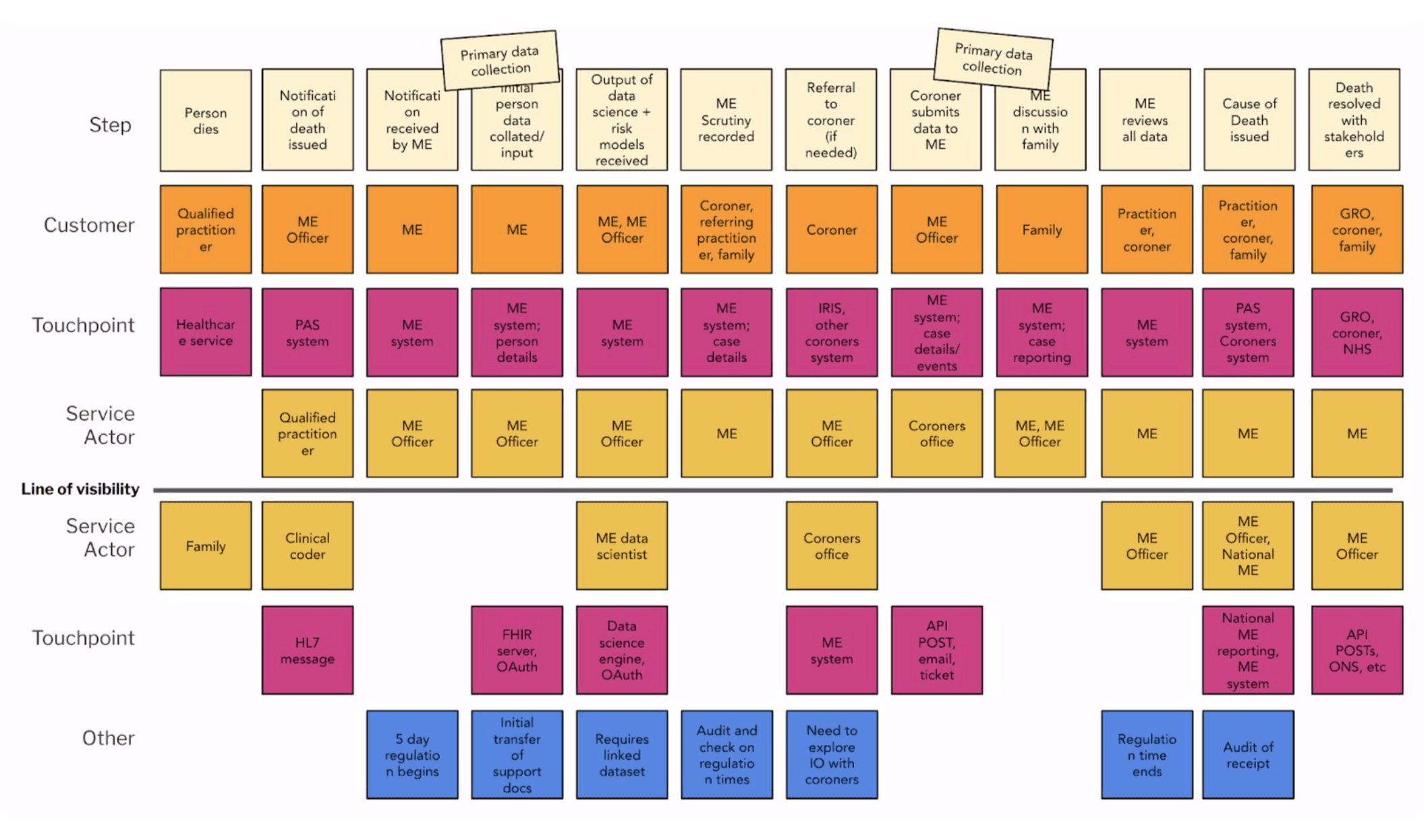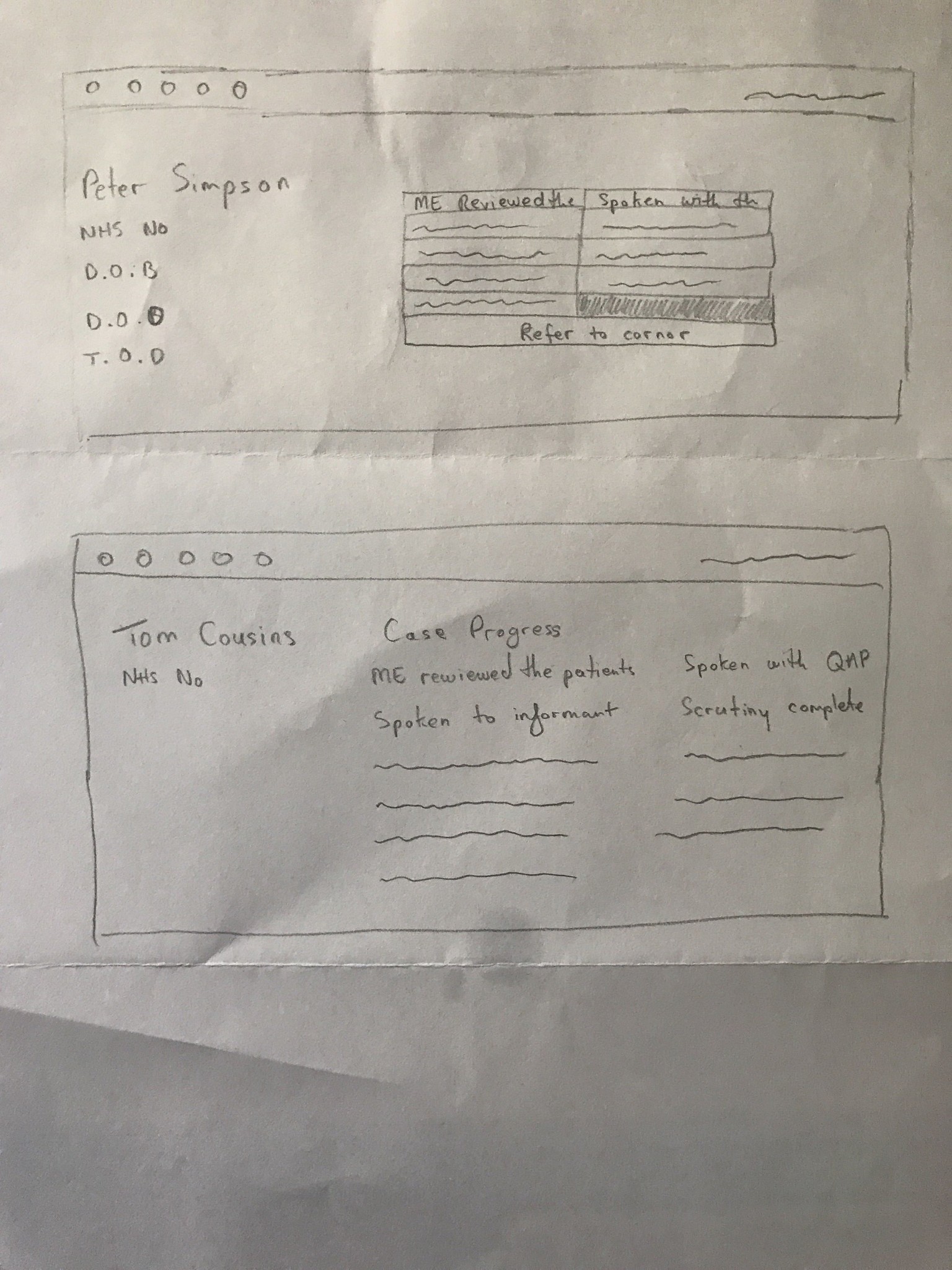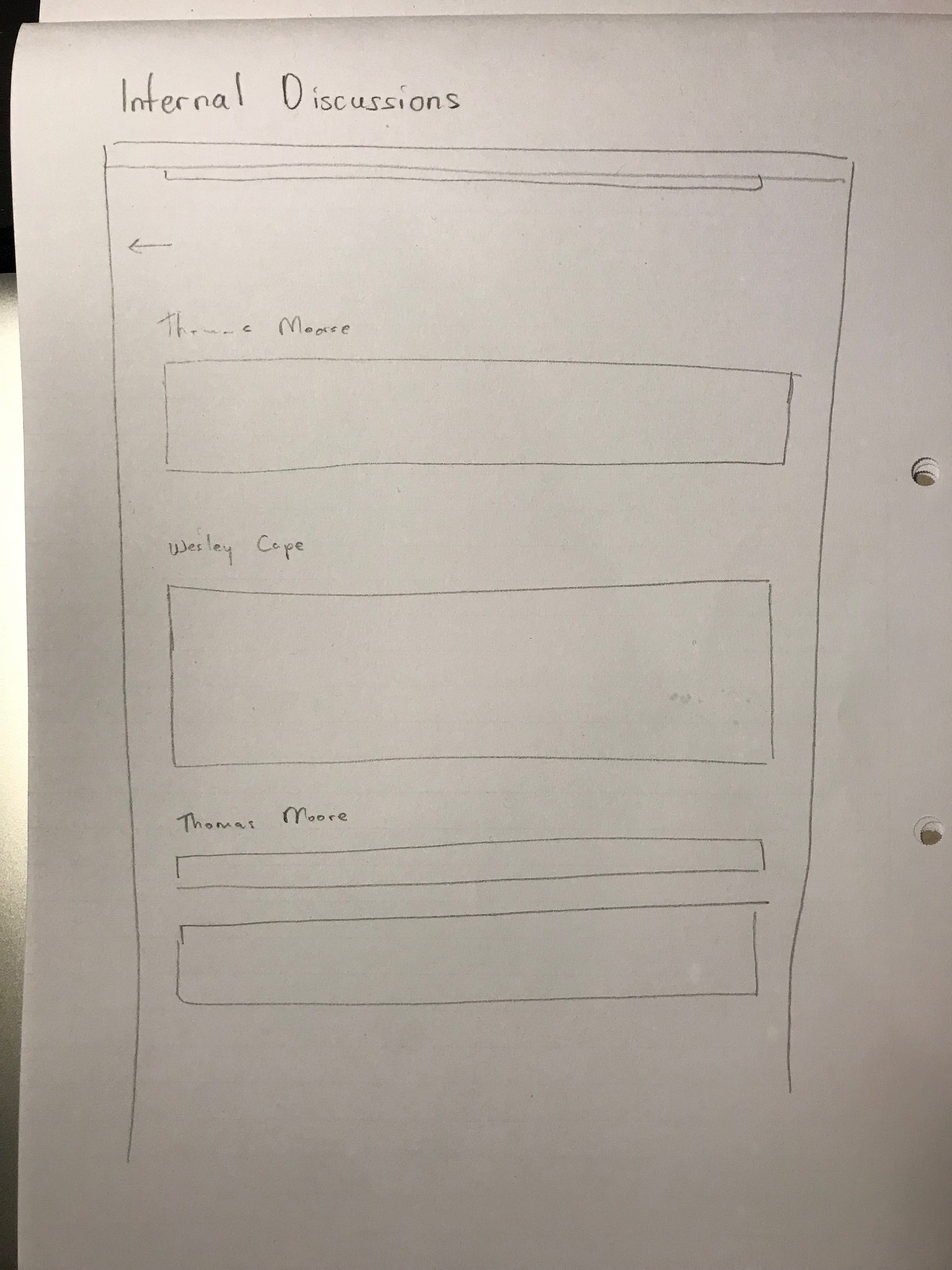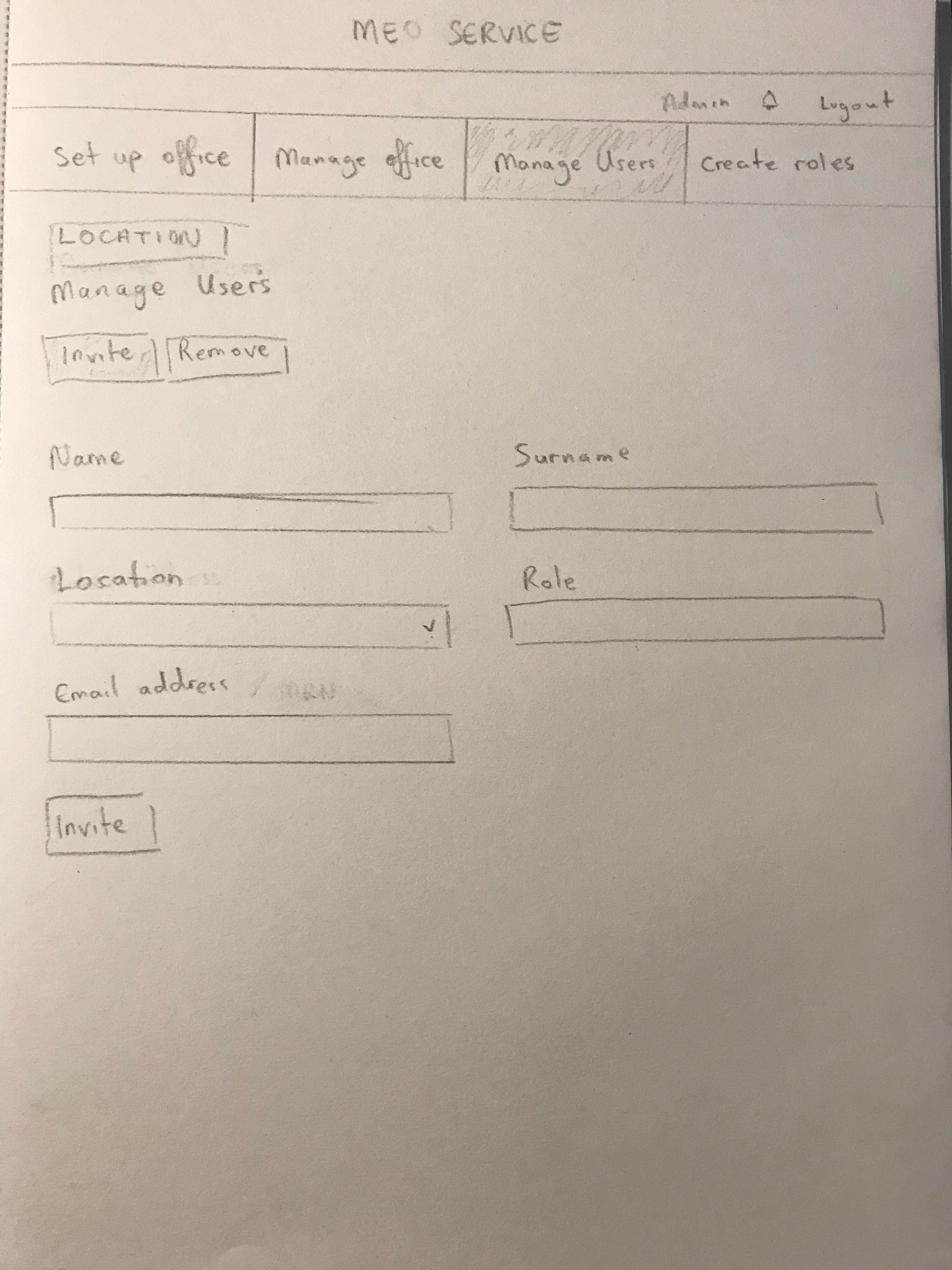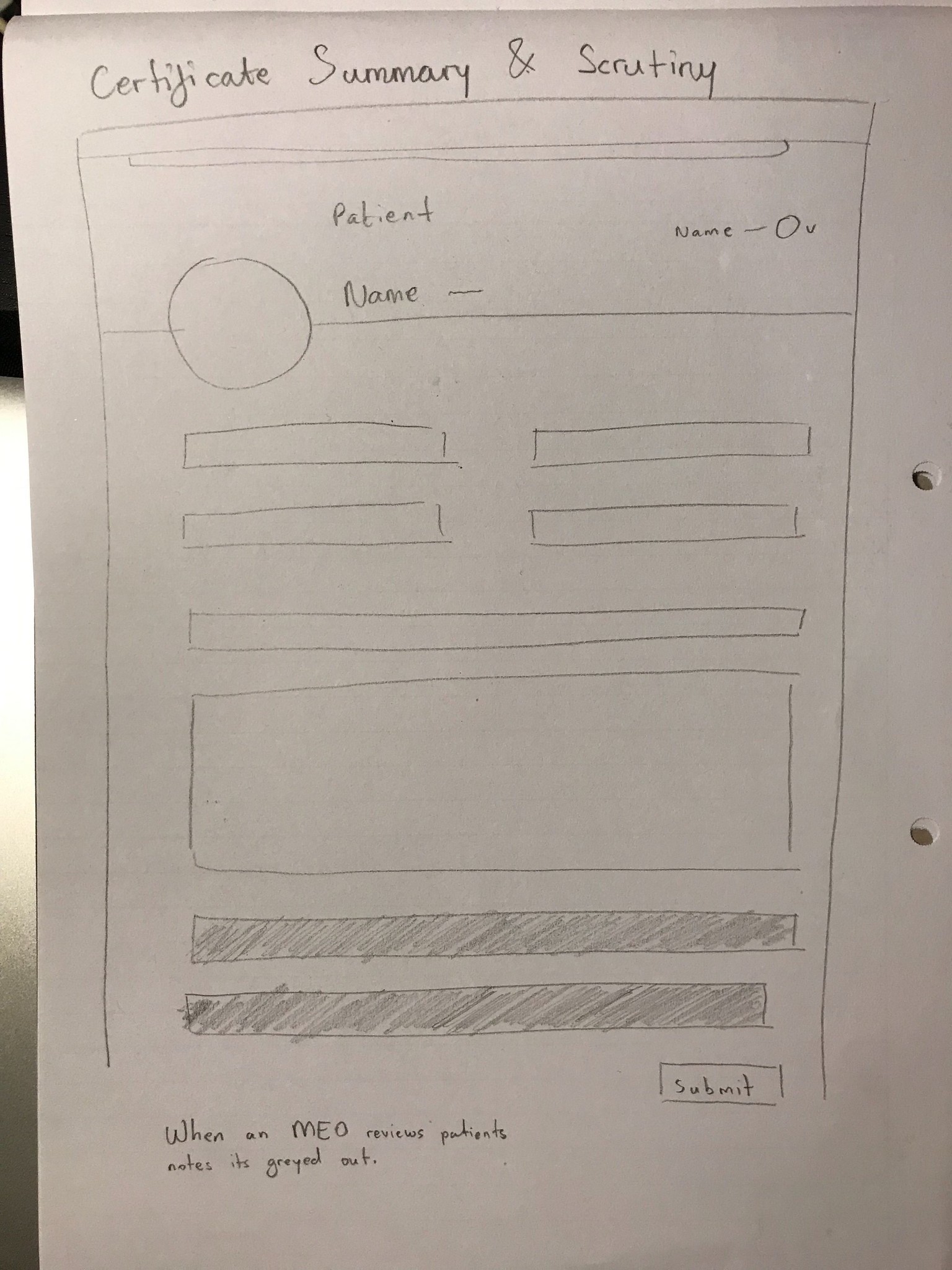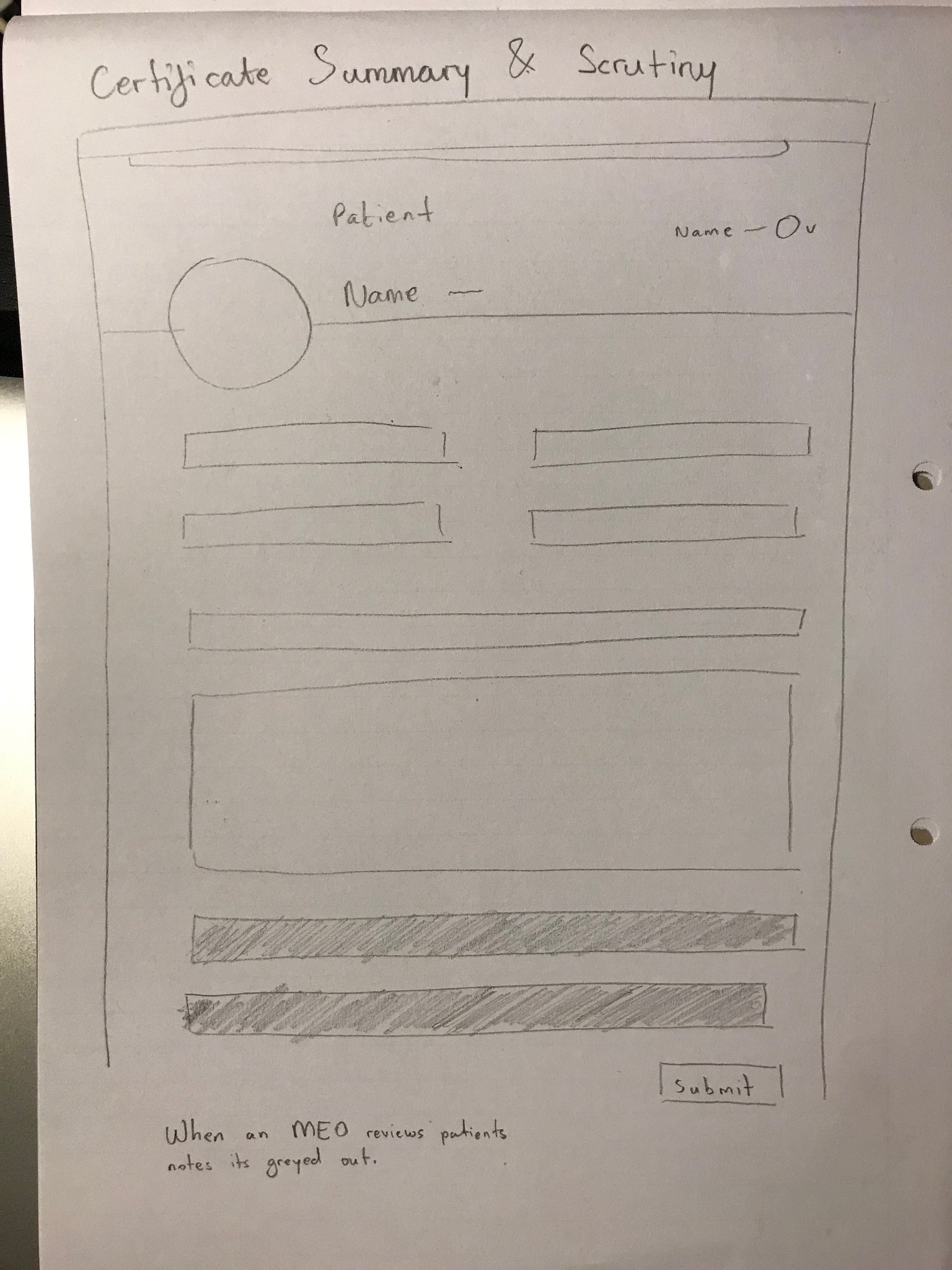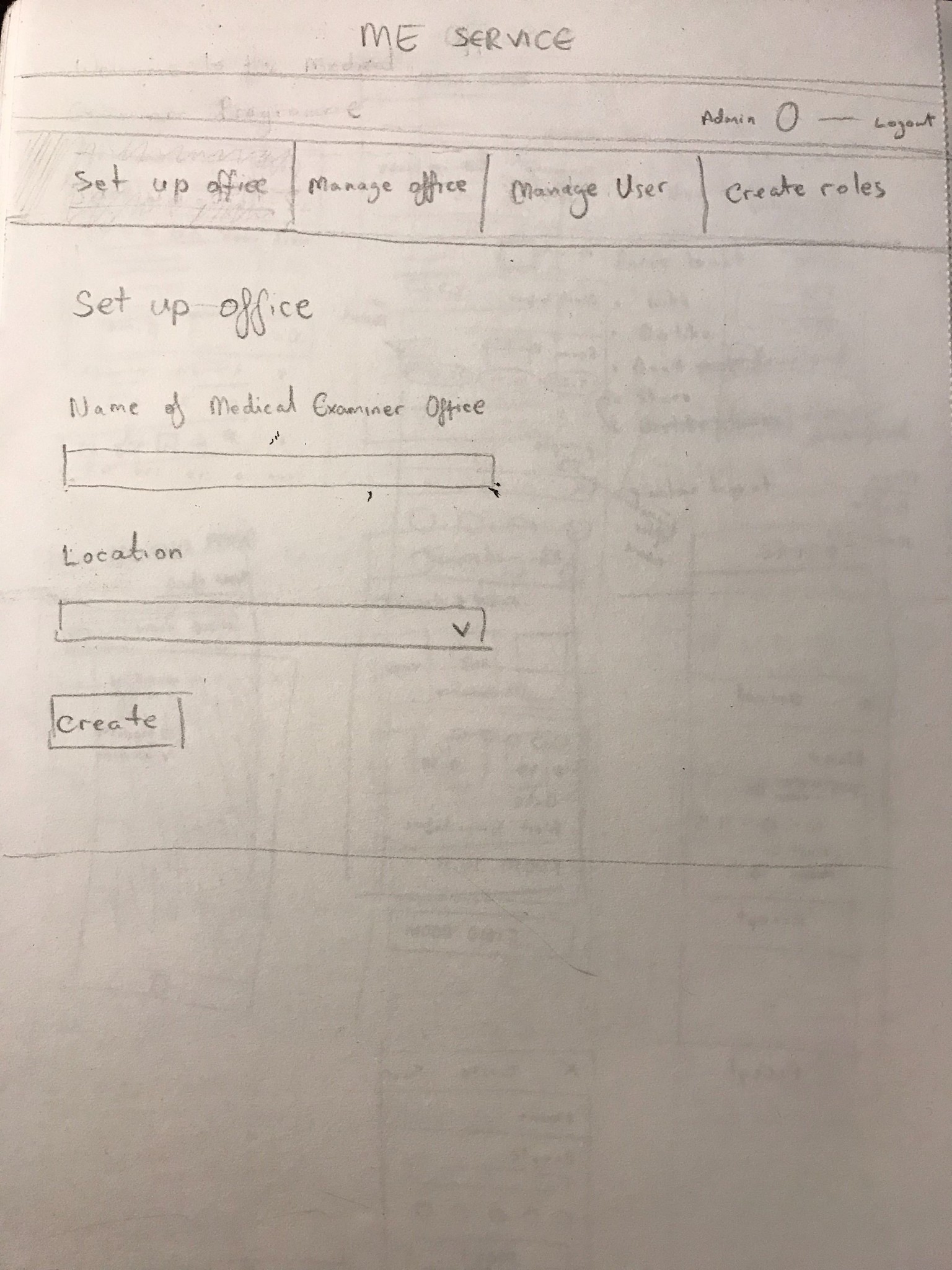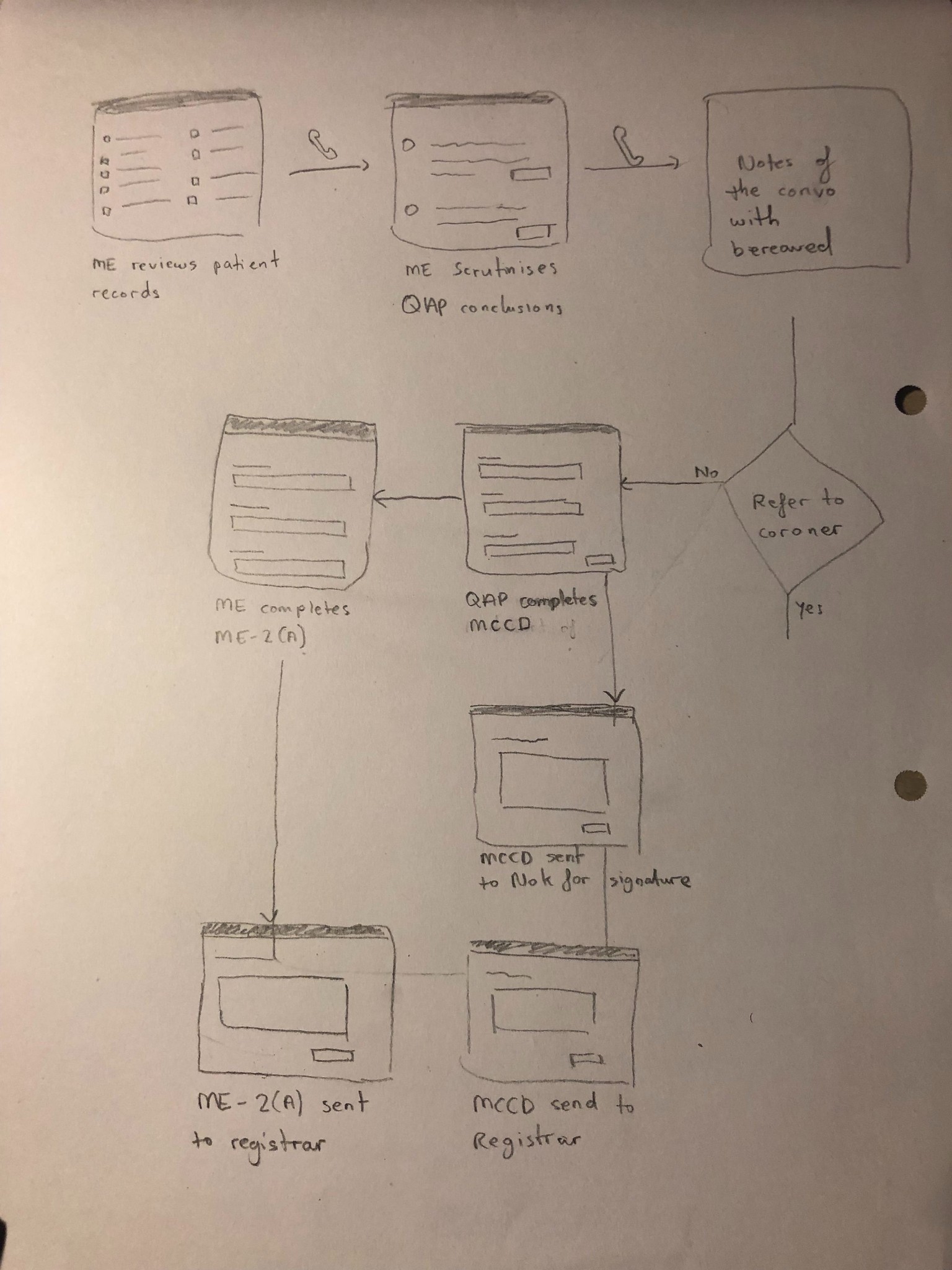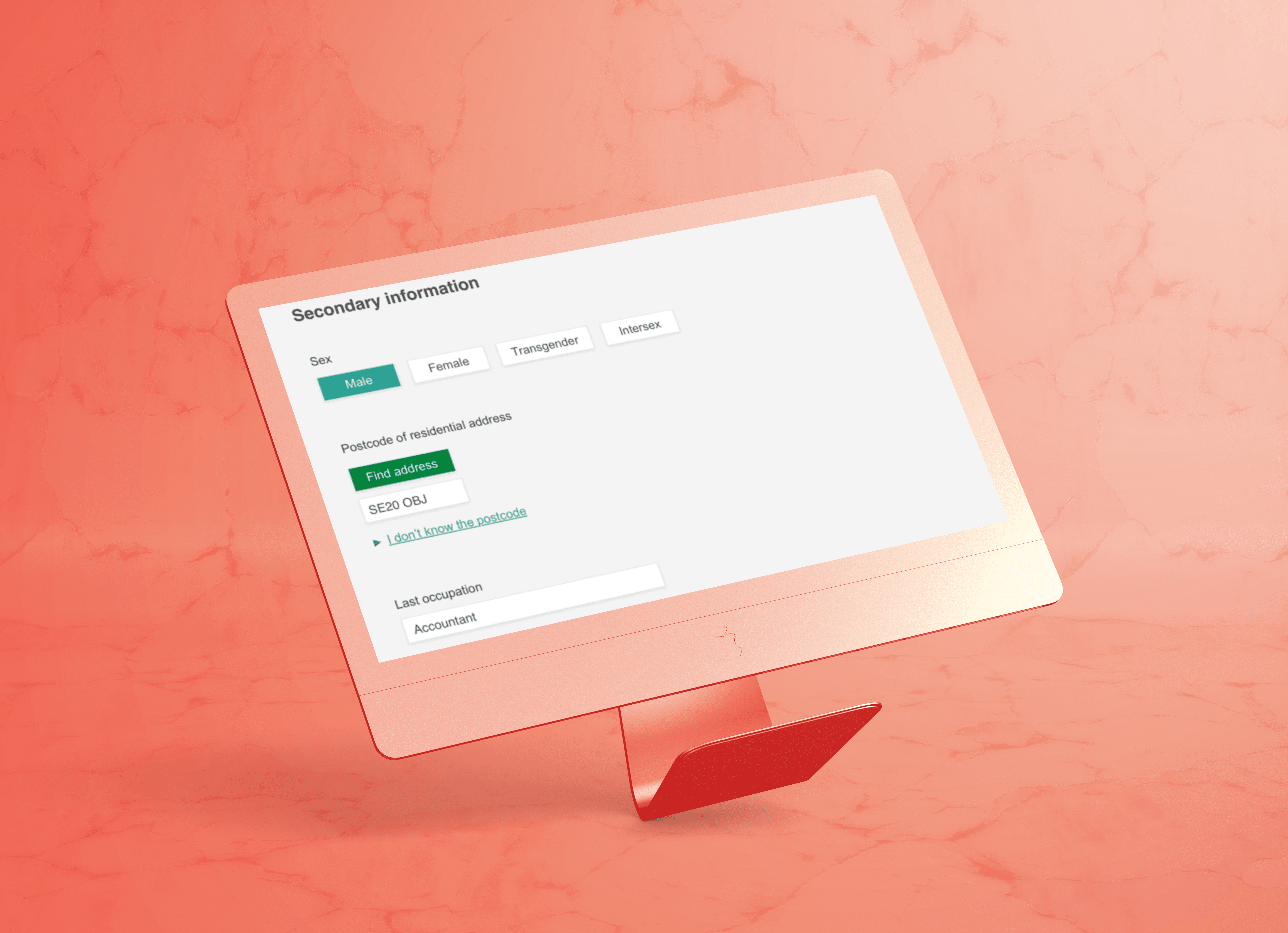Medical Examiners
To address the evolving needs of the UK's death certification process, the Department of Health and Social Care (DHSC) sought to modernise the Medical Examiner programme, I was tasked with designing and implementing a digital service that would streamline and enhance the existing manual processes.
Headquarters - 39 Victoria Street, London, SW1H 0EU
Founded - 1988
Industry - Public Administration and Health Services
Revenue - £140 billion (2019)
Company size - 1700+ (2019)
Team
Challenge
Problem: Disconnected systems and workflows.
Impact: Wasted time, poor communication, frustration for staff.
Goal: Design a streamlined, standardised journey to support the scrutiny process and reduce delays.
Design Process
We followed the GDS framework through Discovery, Alpha, and Beta, aligning each phase with the diagram’s flow from understanding user needs to validating solutions. This approach helped us rapidly explore, prototype, and test ideas while staying user-focused and outcome-driven.
Alpha delivery plan
We delivered the Alpha MVS in 4 two-week sprints. Upon completion of Alpha and the GDS assessment, a plan was then created to move on to Beta.
User Interviews + Personas
Collaborated with a User Researcher (UR) to gather insights from healthcare professionals, stakeholders, and bereaved individuals.
As-is Blueprinting
Mapped the existing service through collaborative workshops. Focused on aligning user needs with business goals and spotting quick wins.
What we did
Ran service blueprinting sessions
Mapped front and back stage activity
Visualised real user journeys
Why it mattered
Exposed inefficiencies and blockers
Helped prioritise pain points
Shaped Alpha with real evidence
Future Blueprint
Prototyped key journeys to shape the Minimum Viable Service. Progressed from low to high fidelity designs using feedback and data.
What we produced
Wireflows for all user types
Alpha MVS and data model
Clear plan and cost model for Beta
National and local system needs report
Early Output
We mapped out an early version of the service to test ideas and spot gaps. This informed our Alpha build and helped us iterate quickly during Beta.
The diagram below shows how a case moves through the system—from the death being confirmed to official closure.
User flows
Visualised the end-to-end flow for Medical Examiners and covered additional user types including Medical Examiner Officers, Bereaved, Coroners, and Qualified Attending Practitioners. These flows helped us spot inefficiencies and align interface design with real-world tasks.
What it covered
Step-by-step journey from patient record review to registrar submission
Key decision points like referring to a Coroner
Role-based flows to ensure all users were supported
Sketches
Final Designs
As the product went live, I created a short video to showcase key final screens. While not shared during the project, it now serves as a concise visual summary of the live product and communicates the final UI direction clearly.
Results
The project delivered substantial improvements for the Department of Health and Social Care (DHSC). We engaged over 1,000 users and conducted 250 user tests, resulting in 150+ design iterations. This led to a 40% reduction in processing times and a 35% increase in user satisfaction. Compliance and security were assured through assessments involving 50-100 experts, achieving 100% adherence to data protection standards. Scalability tests, simulating 5,000 users, confirmed the system's robustness, and an 85-90% adoption rate was achieved within six months, supported by extensive user training.
70%
Efficiency Gains
100%
Compliance and Security
90%
Adoption Rate
“ The Medical Examiners programme has significantly improved the quality of care and transparency in patient outcomes. Its successful implementation has provided families with clearer communication and ensured a more compassionate process during challenging times.”
Spokesperson, Department of Health and Social Care
Conclusion
The successful development of this digital service has had a transformative impact on the Medical Examiner programme. It not only enhanced operational efficiency but also contributed to better public safety by ensuring more accurate and timely death certifications. This project demonstrates the importance of user-centred design and agile development in creating effective, scalable digital solutions for critical public services.


